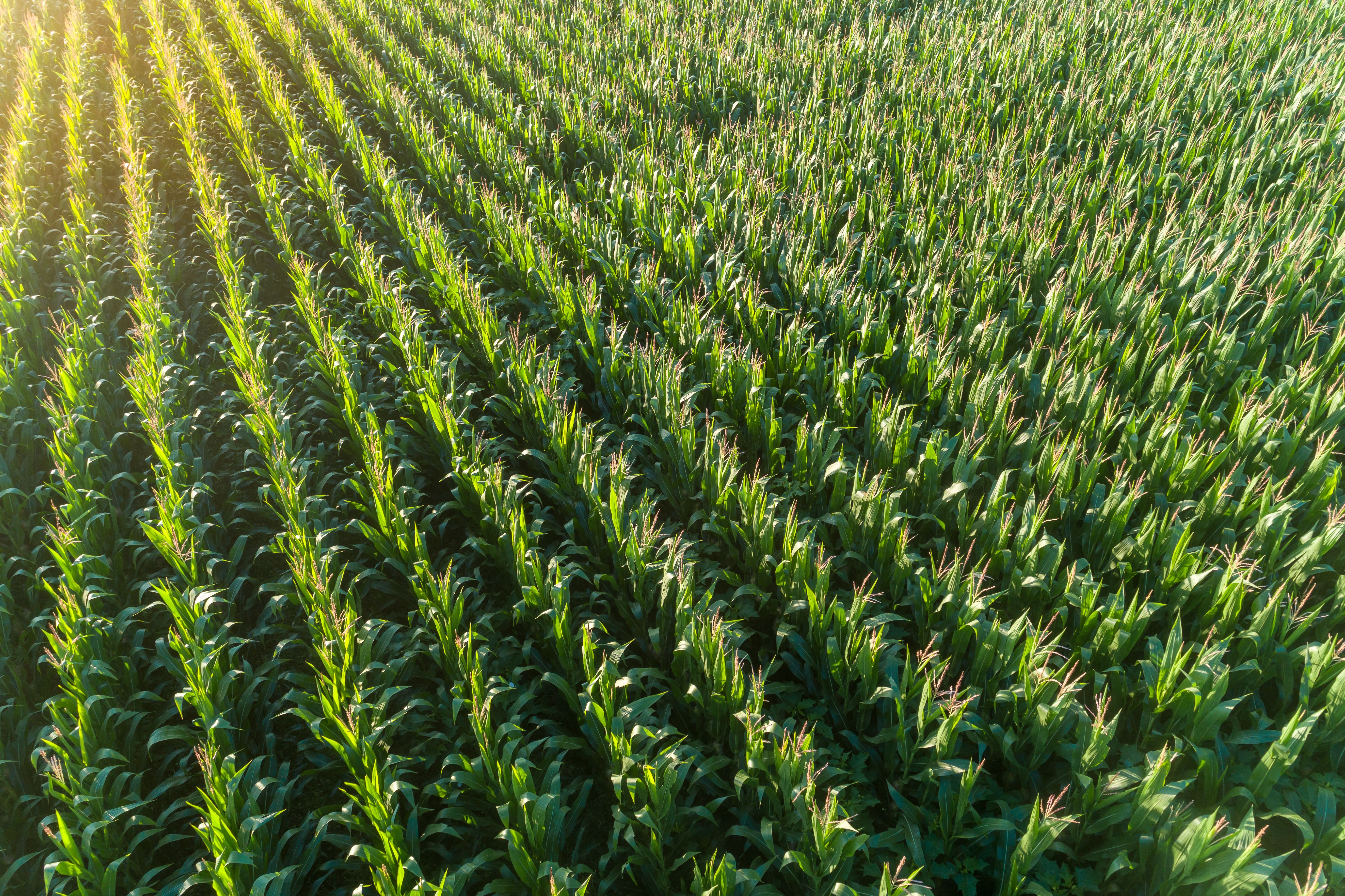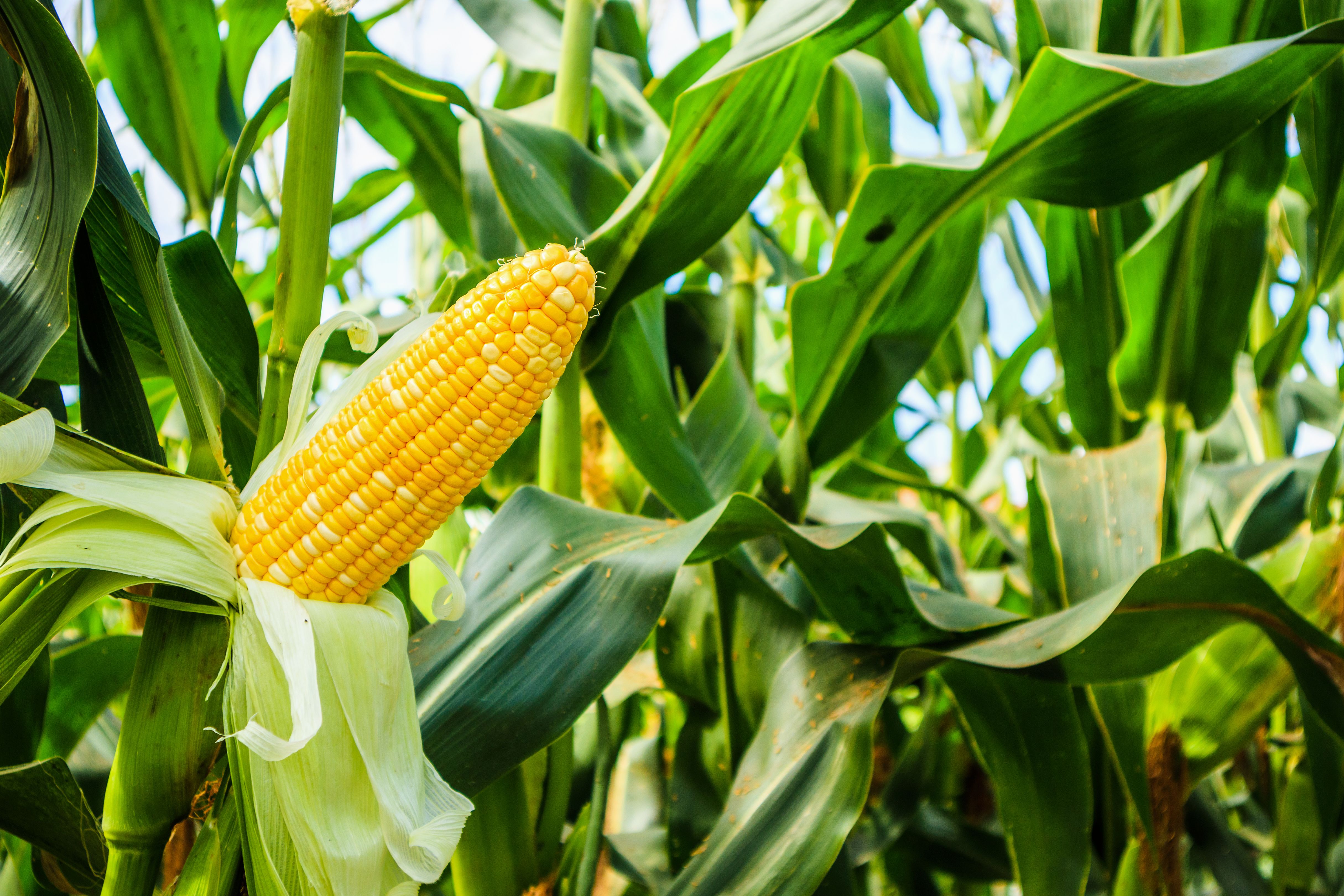World's Largest Cornfields
The Vast Expanse of Cornfields
The world’s largest cornfields are more than just vast stretches of golden stalks swaying in the breeze; they are a testament to agricultural innovation and cultural significance. Found predominantly in the United States, these immense fields play a crucial role in feeding not just the nation but the world. As you explore these agricultural marvels, you'll uncover the history, technology, and economic impact that makes them so vital.

A Historical Perspective
Corn, or maize, has been a staple crop for thousands of years, with its origins tracing back to ancient Mesoamerican civilizations. Today, the United States stands as the leading producer of corn, with states like Iowa, Illinois, and Nebraska boasting some of the largest cornfields. These fields are steeped in history, telling stories of early farmers and the evolution of farming techniques over the centuries.
The transformation from small-scale family farms to expansive industrial operations illustrates the changing landscape of agriculture. The adoption of mechanization and advanced farming practices has allowed for increased yields and efficiency, making the U.S. a powerhouse in corn production.
Modern Farming Techniques
In the era of precision agriculture, technology plays a pivotal role in maximizing cornfield productivity. From GPS-guided tractors to drones that monitor crop health, modern farmers have a suite of tools at their disposal. This technological evolution has not only increased efficiency but also minimized environmental impact by optimizing resource use.
Moreover, advancements in genetic engineering have led to the development of drought-resistant and pest-resistant corn varieties, ensuring consistent yields even in challenging conditions. These innovations highlight the intersection of science and nature in modern agriculture.
Economic Impact
Cornfields are more than just a food source; they are an economic powerhouse. The corn industry supports millions of jobs across various sectors, including farming, processing, and transportation. Corn is also a critical component of biofuel production, contributing to energy security and reducing dependency on fossil fuels.
- Food Production: Corn is a staple ingredient in countless food products.
- Livestock Feed: It is a primary feed for animals such as cattle and poultry.
- Biofuels: Corn-based ethanol is a significant alternative energy source.

Cultural Significance
The cultural impact of corn cannot be understated. Festivals celebrating the harvest season are common in corn-producing regions, bringing together communities to honor their agricultural heritage. These events often include corn mazes, local cuisine featuring corn-based dishes, and educational activities.
Furthermore, corn has made its way into art, literature, and music, symbolizing growth, abundance, and prosperity. This cultural resonance underscores its importance beyond mere economics.
Environmental Considerations
As with any large-scale agricultural endeavor, environmental considerations are paramount. Farmers are increasingly adopting sustainable practices to protect soil health and biodiversity while reducing chemical use. Crop rotation, cover cropping, and conservation tillage are some strategies employed to maintain ecological balance.
These efforts not only preserve the land for future generations but also align with consumer demand for sustainably produced food products.
Conclusion: A Glimpse into the Future
The exploration of the world's largest cornfields offers a fascinating glimpse into the future of agriculture. As technology continues to evolve, so too will farming practices, ensuring that these vast fields remain productive and sustainable. Whether viewed through an economic, cultural, or environmental lens, cornfields are an essential part of our global landscape.
Commercial Kitchen http://avice.org

